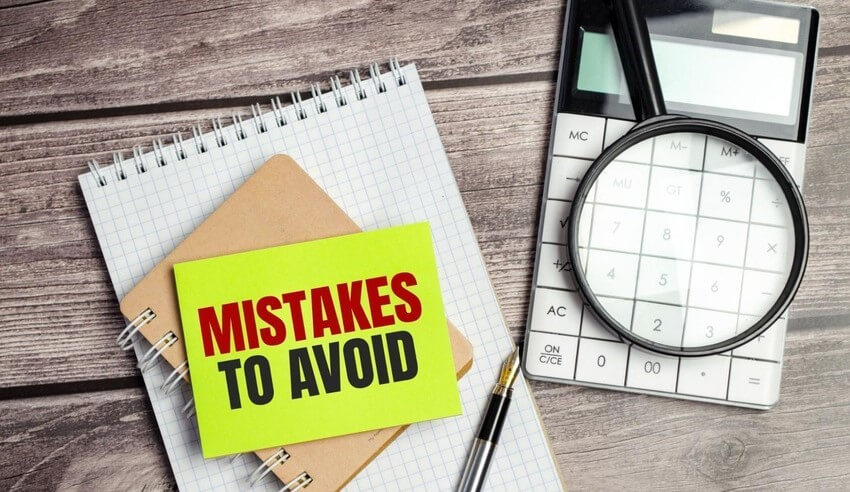
The Volume Weighted Average Price (VWAP) is one of the most commonly used intraday trading indicators. Whether you’re scanning the 5-minute chart or keeping an eye on price movements during the day, VWAP often acts like a compass, helping traders determine the general direction of prices within a trading day.
However, like any tool in trading, VWAP can be misread or misused, especially by those just getting started or even by experienced traders during high-pressure moments. If you’ve ever found yourself relying on VWAP only to see the trade go sideways, this blog piece is for you. In this blog, we identify common errors to avoid that occur when using VWAP in trading.
Table of Contents
Quick Refresher: What Is VWAP?
VWAP stands for Volume Weighted Average Price. It gives you the average price of an asset throughout the day, based on both price and volume. It resets daily and is primarily used by intraday traders to understand where the asset is trading relative to its average weighted price.
It is calculated using the following formula:
VWAP = (∑ (Price × Volume)) / ∑ Volume
Traders often treat VWAP as a dynamic benchmark. If the price is above VWAP, it may suggest intraday bullishness. If below, it might suggest the opposite. But it’s not a crystal ball—it’s just one data point in a larger context.
Common Errors to Avoid While Using VWAP
Mistake 1: Treating VWAP Like a Static Support or Resistance Line
One of the most common mistakes is assuming VWAP is a hard support or resistance level. While it often acts like one due to institutional activity clustering around VWAP, it isn’t fixed. Since VWAP is dynamic and recalculates with every tick, price can oscillate around it frequently. Traders set rigid entry/exit plans around VWAP, only to get stopped out by minor price swings.
What to do instead: Use VWAP as a zone of interest, not an absolute level. Combine it with other contexts—volume spikes, price structure, or even other indicators—for a more informed decision.
Mistake 2: Forgetting Volume
It might sound obvious, but VWAP is volume-weighted. If you’re ignoring volume trends while using VWAP, you can miss half the picture. For instance, if the price moves above VWAP but very few people are actually trading at that moment, the move might not mean much.
What to do instead: Whenever the price moves near VWAP, take a quick look at volume. Are more trades happening? Is there a noticeable pick-up in action? These simple checks can help you avoid jumping in too early or getting caught in weak moves.
Mistake 3: Overtrading Around VWAP
On some days, the price seems to bounce around the VWAP line constantly. Traders often feel the urge to take every small move — buying when it dips below, selling when it moves above — hoping to catch quick trades.
But this back-and-forth can be draining. It often leads to a bunch of trades with no clear direction, which not only adds to mental fatigue but also racks up costs from frequent buying and selling.
What to do instead: Before jumping in, take a step back and ask — Is the market actually going anywhere today? If it feels flat or uncertain, it might be better to wait it out rather than forcing trades. VWAP can be more helpful when the market is moving in a clear direction.
Mistake 4: Assuming Price Crossing VWAP = Reversal
This one’s quite common — the assumption that a price crossing VWAP signals a reversal or change in intraday direction. While that can happen, it isn’t guaranteed. Sometimes, price simply oscillates around VWAP in a range-bound day.
What to do instead: Wait for confluence, not just a cross. Pair VWAP with other factors such as a break of structure, strong volume bar, or momentum shift before acting.
Mistake 5: Using VWAP Without Matching It to Your Trading Style
VWAP isn’t one-size-fits-all. Different traders use it differently, and that’s where many go wrong—copying someone else’s approach without checking if it suits their own style.
What to do instead: Define your time frame clearly. Don’t blindly copy strategies that don’t align with your own approach.
Using VWAP with Share India
If you’re looking for a reliable place to trade using VWAP, platforms like Share India offer free online access to VWAP and other technical indicators. Whether you’re just exploring VWAP or refining an intraday system, you can start observing how the price reacts around this indicator from your Share India website.
Access VWAP here:
From advanced charts to fast execution tools, Share India’s trading platform supports multiple trading styles, allowing you to use indicators like VWAP in a practical, responsive environment.
Open a Demat account with Share India and get started today.
Conclusion
VWAP remains an invaluable tool for intraday traders who want to combine price and volume insights. However, using it incorrectly can cloud judgment rather than sharpen it. Avoid treating VWAP as a lone signal, respect its intraday nature, watch volume carefully, and be mindful of market phases such as open volatility and liquidity constraints.
By learning from these common mistakes and using the indicator with care, you can better harness VWAP’s potential to understand intraday price dynamics. Platforms like Share India simplify this process by offering VWAP access for free, making it easier for you to integrate this tool into your everyday trading practice.
If you haven’t tried VWAP on your charts yet, consider opening an account with Share India and explore how this indicator can complement your trading toolkit.